Healing Wounds and Divisions
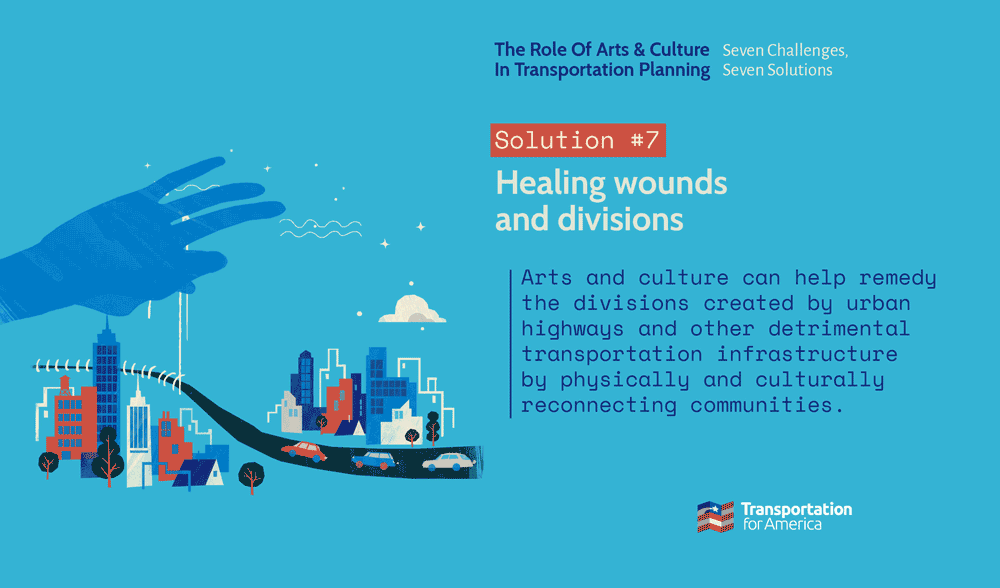
Beginning with the Federal-Aid Highway Act of 1956, the interstate highway system began to be constructed across the United States, funded largely by the federal gas tax, which covered 90 percent of the cost. While most of the interstate system’s mileage was built to connect states to other states, and urban areas to one another and to their suburbs, highways were also built through densely populated urban areas. These urban highways negatively impacted the property values, connectivity, and aesthetics of the communities through which they were built.
Challenge: How can the problems created by these sorts of intrusive historic transportation infrastructure be remedied?
Transportation professionals now have the opportunity to right the mistakes committed in the 1950s and 60s. Numerous elevated highways and overpasses that divide neighborhoods in cities across the country have already been torn down, and considerations of local communities’ needs and desires are slowly — but unevenly from state to state — being taken into account. Meanwhile, communities across the country have reclaimed spaces under elevated highways, over sunken highways, and adjacent to interchanges. Planners and transportation professionals are increasingly aware of their responsibility to address these urban scars, and of the role of arts and culture can play in reclamation.
Solution: Arts and culture can help remedy the divisions created by urban highways and other detrimental transportation infrastructure by physically and culturally reconnecting communities.
Explore this approach through the following detailed case studies:
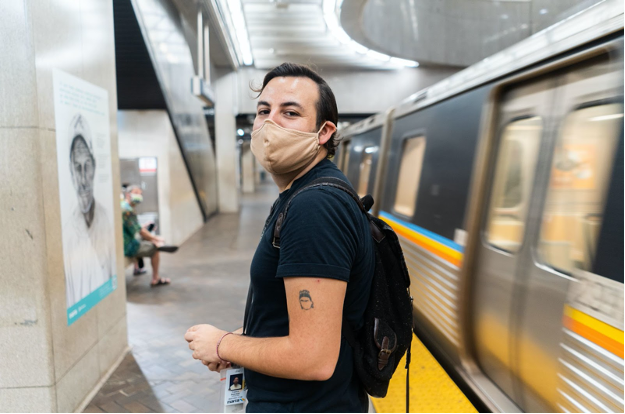
Arts & Transportation Rapid Response — Metropolitan Atlanta Rapid Transit Authority
Thoughtfully addressing homeless ridership during the pandemic in Atlanta, GA The challenge During the COVID-19 pandemic, the Metropolitan Atlanta Rapid Transit Authority (MARTA) saw an
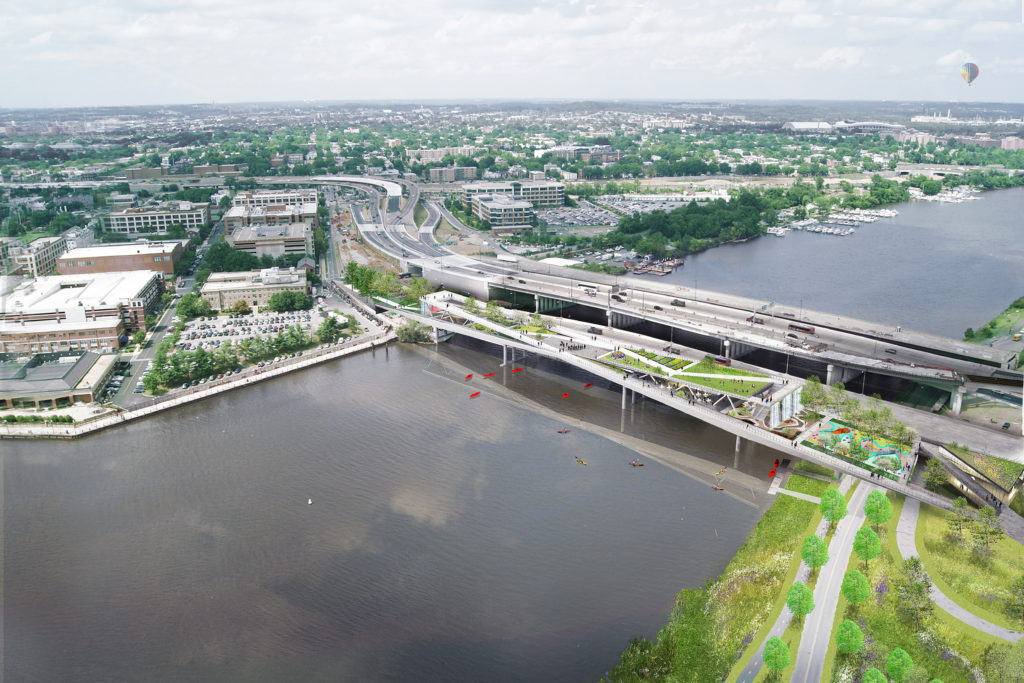
The 11th Street Bridge Project
An infrastructure reuse that will soon create a new world-class destination park, provide a new pedestrian connection across the Anacostia River, and support neighboring residents
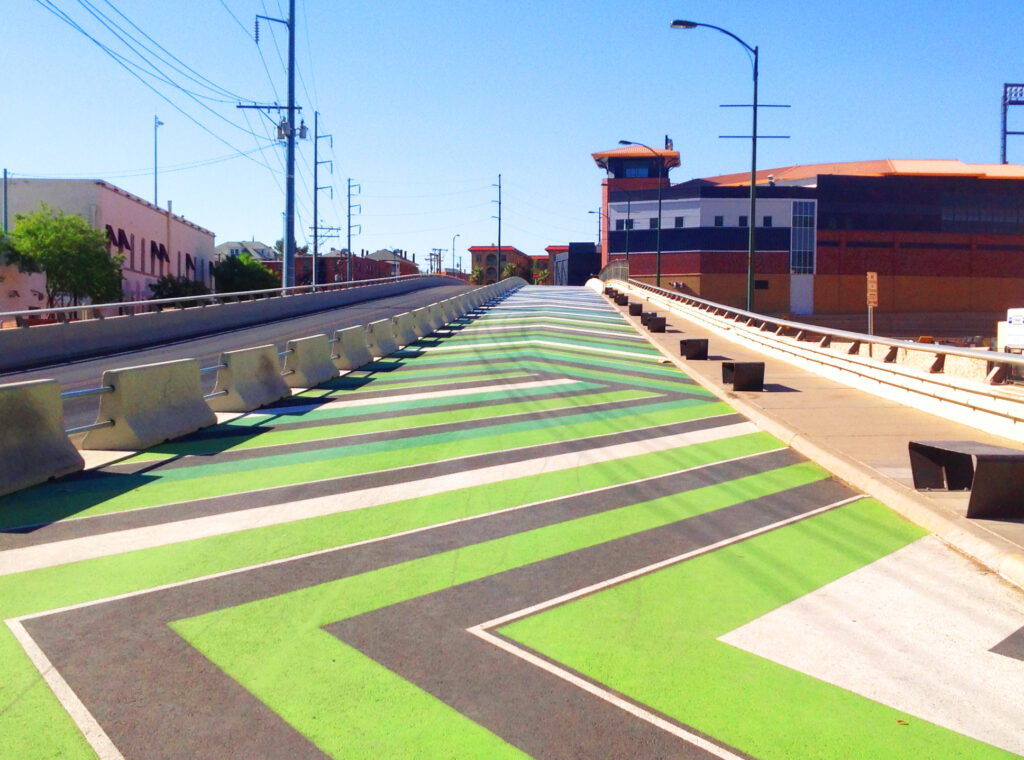
Downtown Pathways
The City of El Paso used cultural programming and public art to create a more efficient pedestrian connection between two centers of cultural and economic
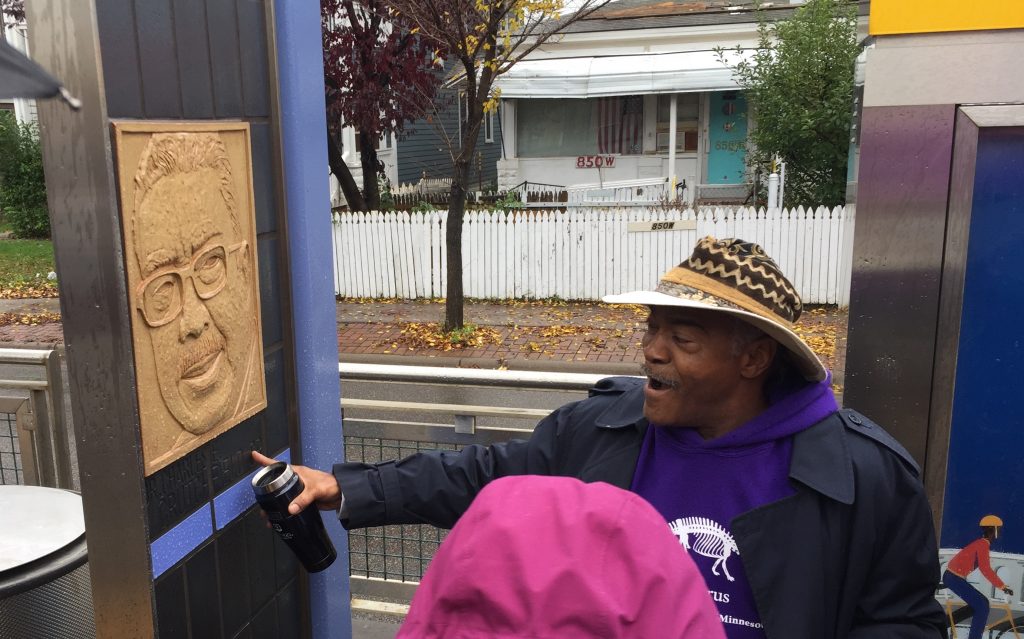
Reconnect Rondo
The construction of Interstate 94 destroyed Saint Paul’s Rondo neighborhood, a predominantly African American neighborhood in the 1960s. For the last several decades, the community
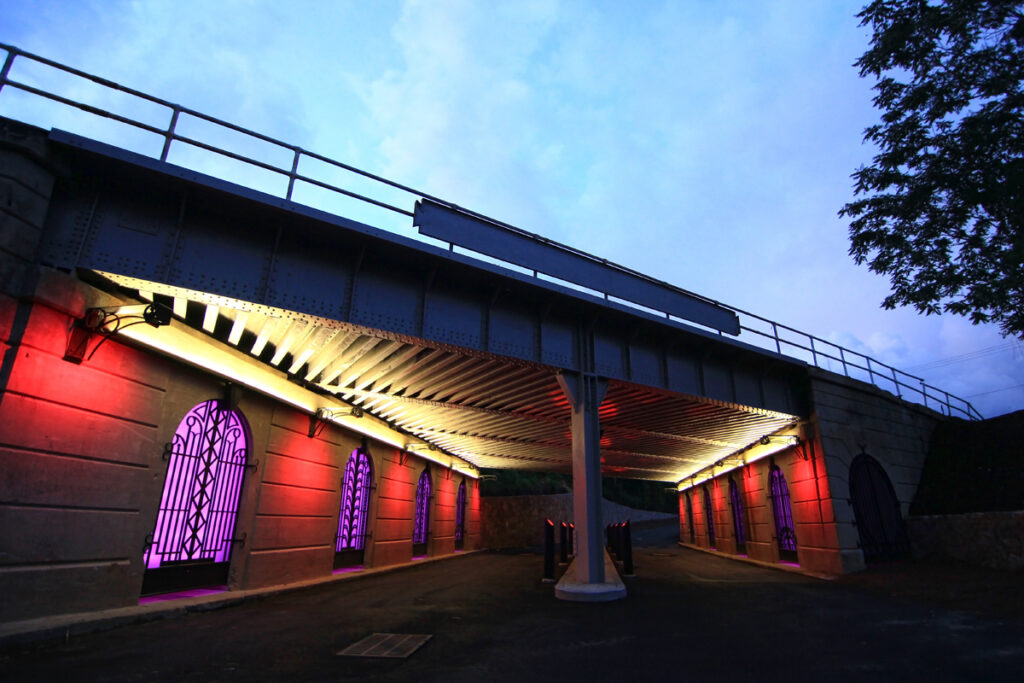
Over.Under.Pass
Formed in 2001 to help strengthen Greensboro’s economy, Action Greensboro developed Over.Under.Pass in 2012 as a creative means of reclaiming an abandoned railroad underpass to
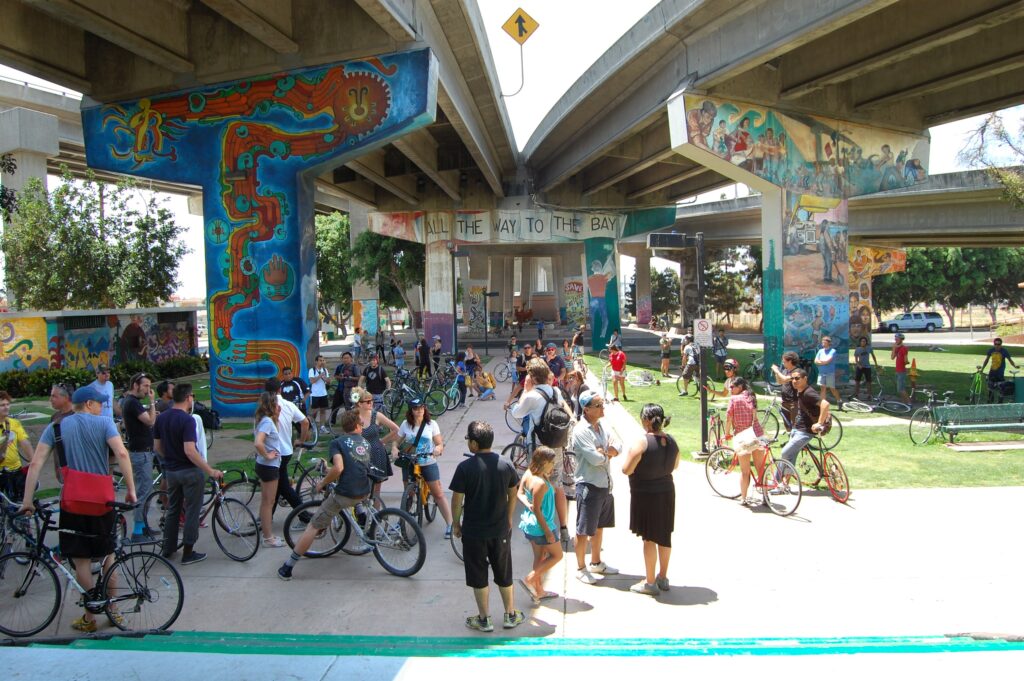
Chicano Park
In a neighborhood that was cut in half by the construction of Interstate 5 in the 1960s, local artists and community members came together to
